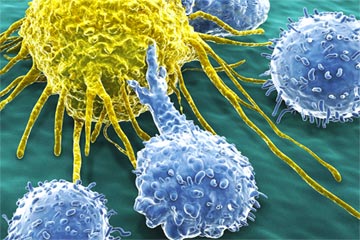Bladder Cancer Treatment
Overview
The bladder is a hollow organ in the lower part of the abdomen that stores urine until it is passed out of the body.
There are three types of bladder cancer:
- Transitional cell carcinoma (urothelial carcinoma): This is the most common type of bladder cancer. It begins in urothelial cells, which are transitional cells that line the inside of the bladder and change shape when the bladder is full.
- Squamous cell carcinoma: This type of bladder cancer begins in the thin, flat cells that line the bladder.
- Adenocarcinoma: This type of bladder cancer begins in the cells that make and release mucus and other fluids.
Factors that increase the risk of bladder cancer include smoking, exposure to certain chemicals, and chronic bladder infections.
The most common sign of bladder cancer is blood in the urine. Bladder cancer is often diagnosed at an early stage, when the cancer is easier to treat.
Radiation treatment, chemotherapy and surgery are Summit’s main treatment options for bladder cancer.










